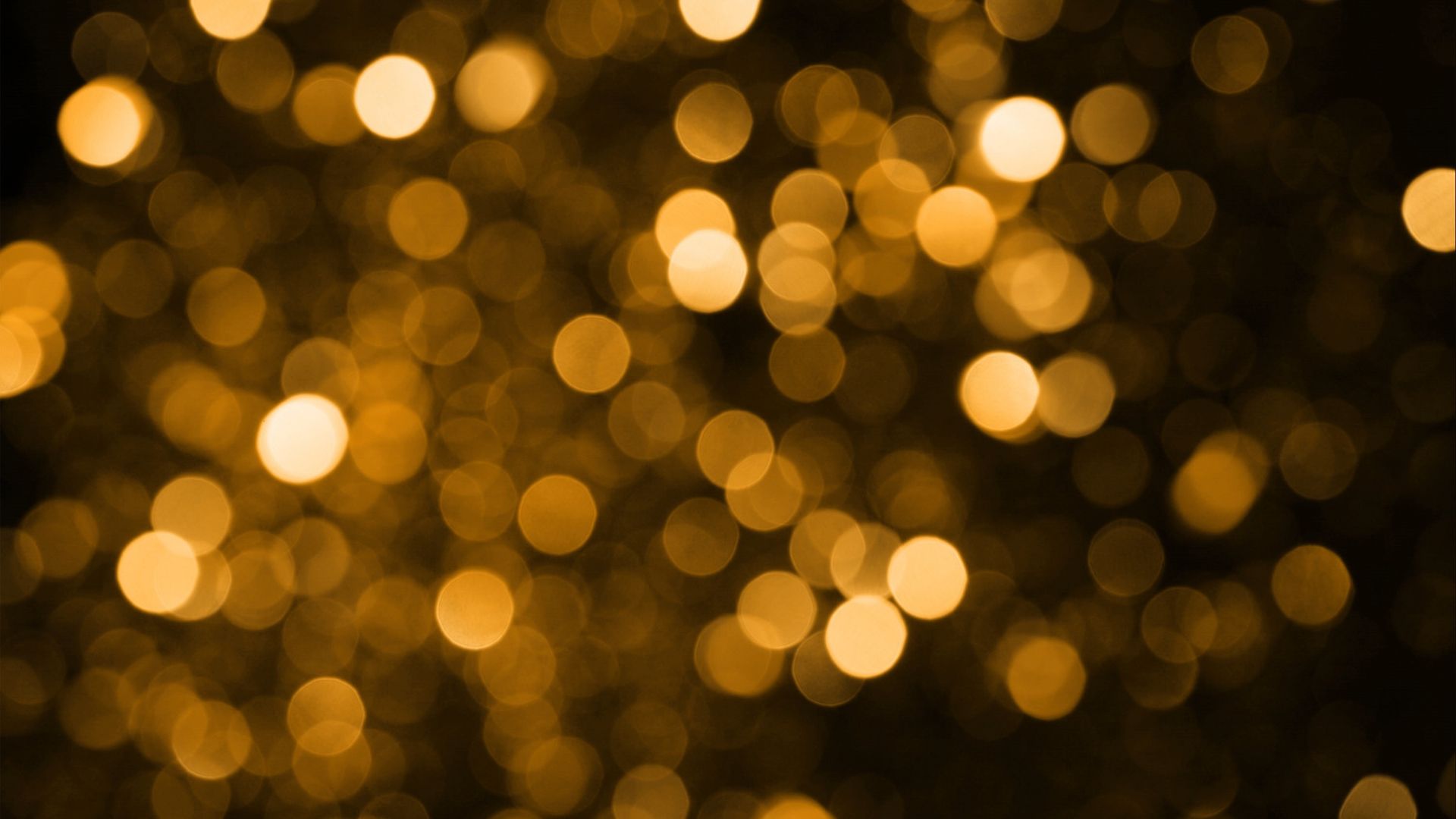Diffused Light Photography
As a photographer, exploring the realm of diffused light photography opens up a world of creative possibilities. Capturing soft, even lighting can add a touch of elegance and depth to your photos, whether you’re shooting portraits, still life, or landscapes. Understanding how to work with diffused light is essential for achieving that professional polish in your images.
When we talk about diffused light in photography, we refer to light that has been scattered or softened before it reaches the subject. This type of lighting minimizes harsh shadows and creates a more flattering look by wrapping around the subject gently. Whether you’re using natural sources like cloudy skies or artificial tools such as softboxes and umbrellas, mastering diffused light techniques can elevate the mood and quality of your photographs significantly.
One key advantage of diffused light is its ability to enhance colors and details without overwhelming the scene with stark brightness or deep shadows. By learning how to manipulate diffused light effectively through positioning, modifiers, and settings on your camera, you’ll have the power to create visually stunning images that stand out for their clarity and beauty.
Understanding Diffused Light Photography
When it comes to photography, understanding DIFFUSED LIGHT is crucial for capturing stunning and well-balanced images. This type of light plays a significant role in softening shadows, reducing harsh contrasts, and creating a gentle, even illumination across your subjects.
What Is Diffused Light?
Diffused light refers to light that spreads out evenly and softly, often resulting from natural elements like clouds or fog. It helps minimize harsh shadows and highlights, making it ideal for portrait photography as it creates flattering skin tones without unwanted glare or overexposure. By scattering the light source, diffused light produces a more pleasing and subtle effect on your subjects.
Benefits of Using Diffused Light
- Softens Shadows: One of the primary advantages of diffused light is its ability to soften shadows, creating a more balanced and natural look in your photographs.
- Reduces Harsh Contrasts: By dispersing light evenly, diffused light reduces the contrast between highlights and shadows, resulting in a more pleasing overall image.
- Enhances Colors: The gentle quality of diffused light can enhance colors by preventing washout or oversaturation commonly seen in harsh lighting conditions.
Techniques for Achieving Diffused Light
There are various ways to achieve diffused light in photography:
- Natural Sources: Utilize natural elements such as clouds or trees to filter sunlight and create a softer illumination.
- Artificial Diffusers: Use tools like umbrellas, softboxes, or reflectors to scatter artificial lighting sources for a similar effect.
- Time of Day: Shoot during golden hours (early morning or late afternoon) when the sun’s angle naturally produces softer light with warmer tones.
By mastering the art of working with diffused light, photographers can elevate their images by adding depth, dimension, and a touch of elegance to their compositions. Experimenting with different techniques will help you harness the beauty of this versatile lighting style in your own creative endeavors.
Tools and Techniques for Achieving Diffused Light
When diving into the realm of diffused light photography, mastering the right TOOLS and TECHNIQUES can truly elevate your images. Here are some essential elements to consider:
- Softboxes and Umbrellas: These versatile lighting modifiers help scatter light, creating a soft and even illumination. Place them strategically to achieve that sought-after diffused effect.
- Reflectors: Using reflectors can bounce light back onto your subject, reducing harsh shadows and creating a softer glow. Experiment with different sizes and colors to see what works best for your desired outcome.
- Diffusion Panels: Placing diffusion panels in front of your light source can help soften the intensity of the light, resulting in a more gentle and flattering look on your subjects.
In addition to tools, understanding key TECHNIQUES is crucial for achieving stunning diffused light effects:
- Distance Control: Adjusting the distance between your light source and subject can impact how soft or harsh the lighting appears. Play around with distances to find the perfect balance for your shot.
- Light Angle: The angle at which light hits your subject influences the overall mood of the image. Experiment with different angles to create depth and dimension in your photos.
